Ha Chong-hyun
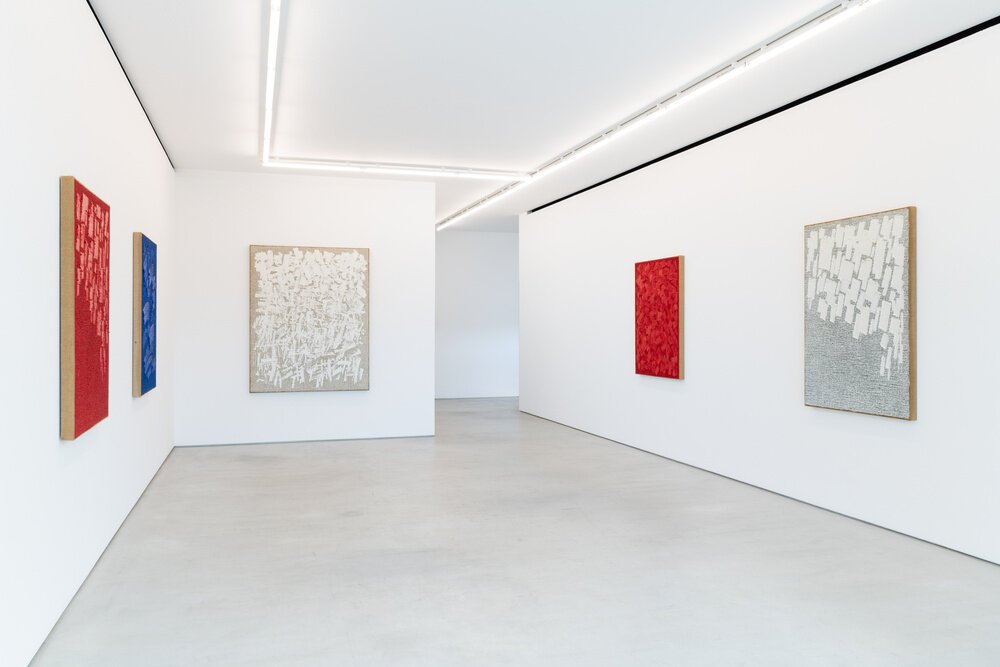
Ha Chong-hyun
October 31, 2023 – January 6, 2024Tokyo

Ha Chong-hyun
September 10 – October 22, 2022Los Angeles
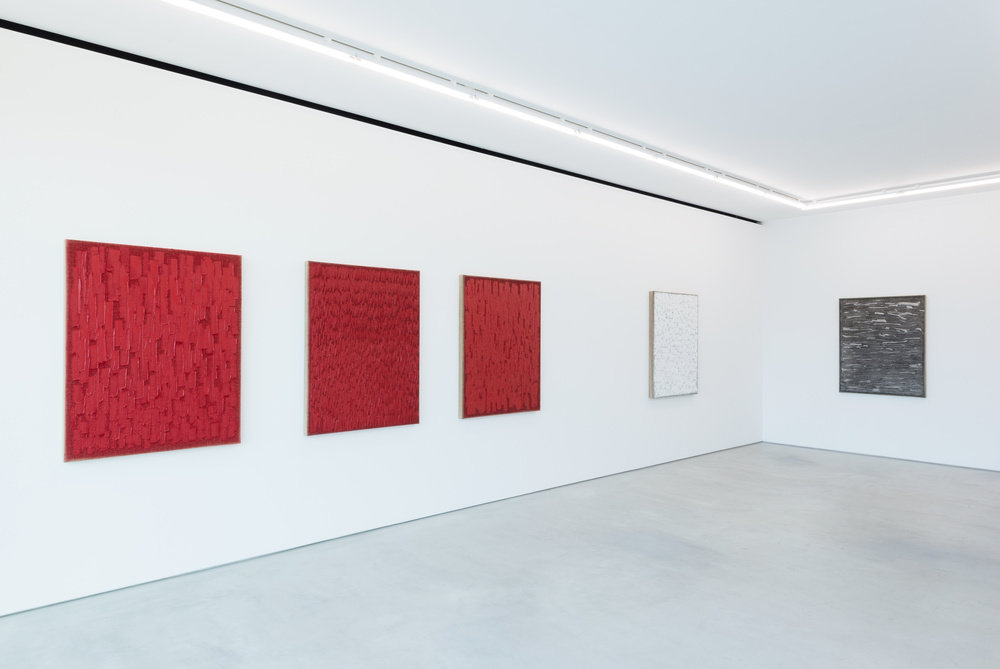
Ha Chong-hyun
March 23 – May 18, 2019Tokyo
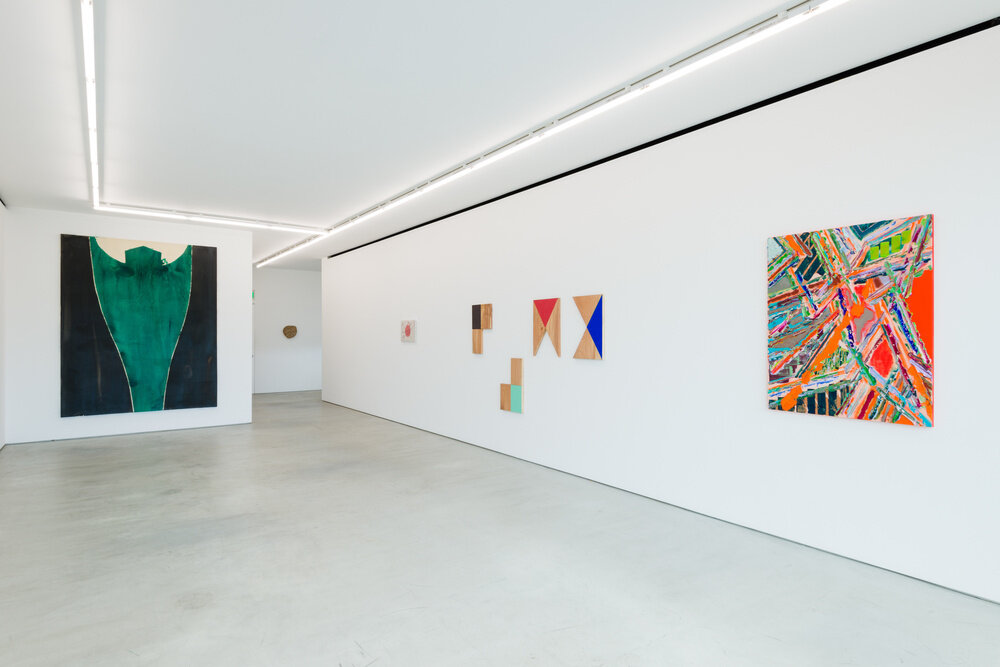
February 20 – March 19, 2021Tokyo
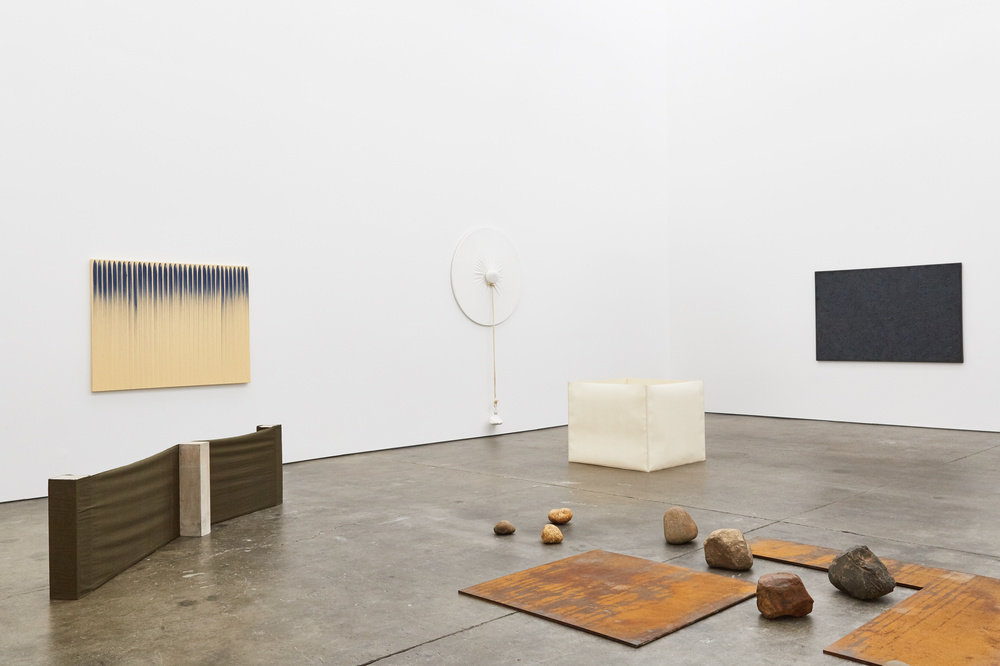
July 7 – September 16, 2017San Francisco
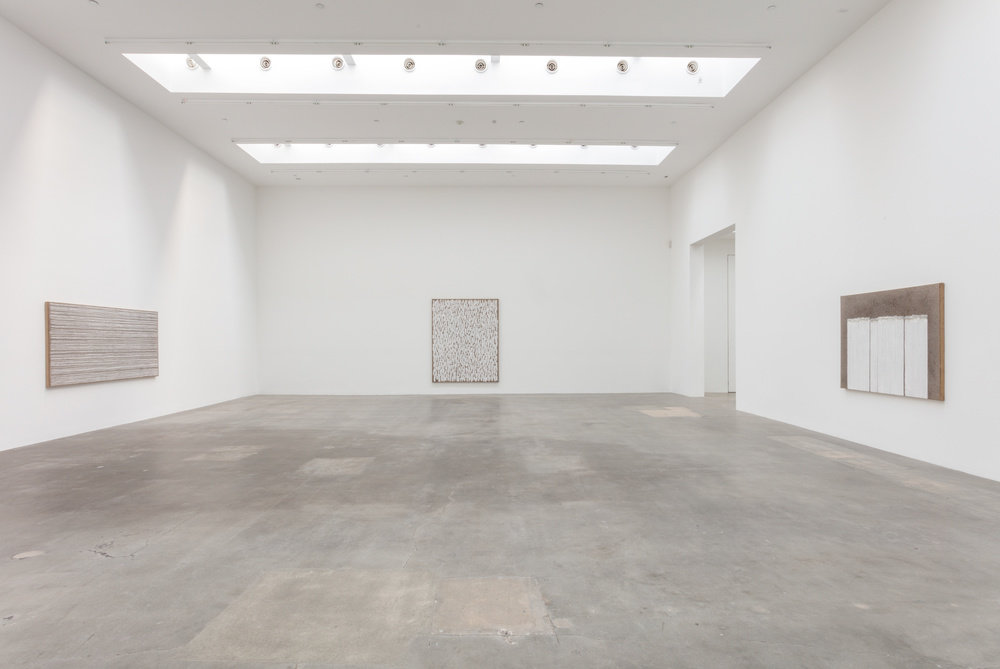
Ha Chong-hyun
November 12 – December 17, 2016Los Angeles

April 14 – May 21, 2016New York
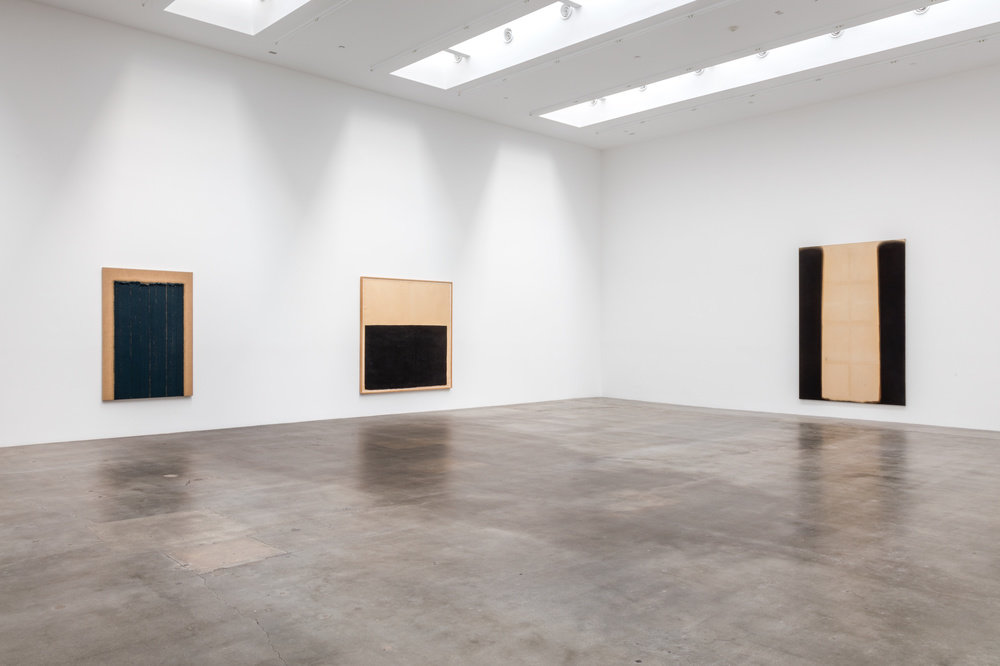
January 16 – March 12, 2016Los Angeles
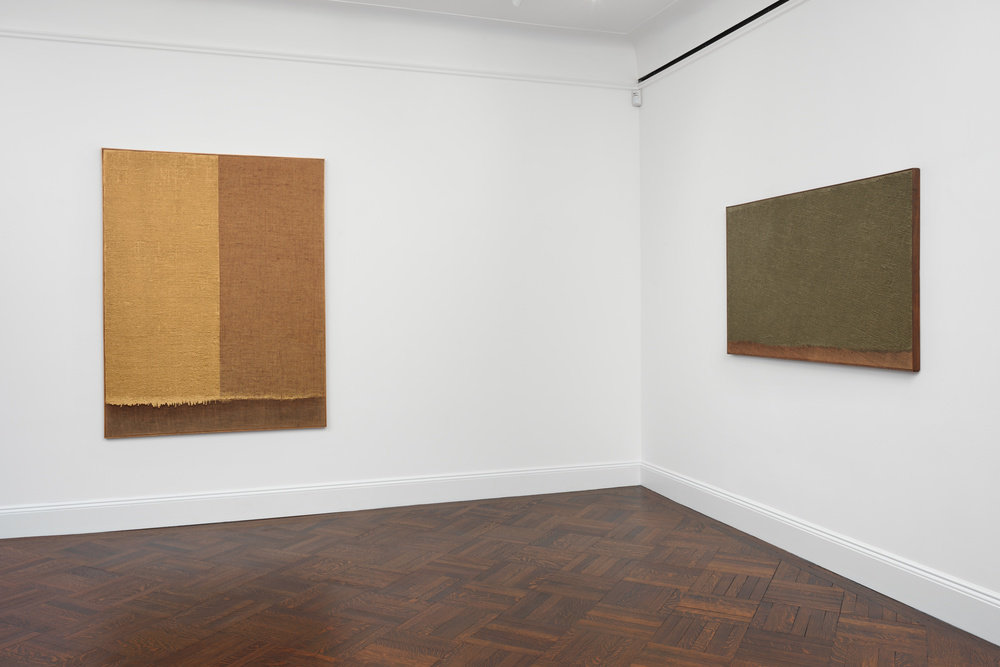
Ha Chong-hyun
November 7 – December 20, 2014New York

Curated by Joan Kee
September 13 – November 8, 2014Los Angeles
Broadcasts

Ha Chong-hyun
October 17, 2022
Biography
Ha Chong-hyun (b. 1935, Sancheong, South Korea) and has lived and worked in Seoul since graduating from Hongik University, Seoul, South Korea in 1959. His practice was heavily determined by his experience of Seoul’s slow process of reconstruction following the Korean War of 1950–53. Like many other artists maturing in this complex historic moment, Ha initially examined the interrelation among industrial objects and organic forms. However, he eventually turned from sculptural installation to painting and a radical re-evaluation of the canvas as support and pictorial surface. This led to Conjunction, an ongoing series of paintings he initiated in 1974. In this process, the artist stretches an expanse of coarsely woven hemp and pushes thick oil paint from the back of the canvas to its surface, finally manipulating the paint with a brush, palette knife, or other tools. Ha Chong-hyun thus became one of the main exponents of an informal group of Korean artists whose work was later termed Dansaekhwa, or “monochrome painting.” With this demanding, process-based body of work, Ha redefined the materiality of canvas, effectively negating its two-dimensionality and flatness and highlighting how it may exist as a vehicle of transmission for the pigment. In the words of Joan Kee, “few were as gifted at linking the monochrome and all its connotations of purity and autonomy with its opposite, in this case the feral, or even fecal, viscera from which the monochrome is allegedly immune.”
Ha Chong-hyun has had numerous solo exhibitions in South Korea, including retrospectives at the Daejeon Museum of Art, Daejeon (2020); the National Museum of Contemporary Art, Gwacheon (2012); and the Gyeongnam Art Museum, Changwon (2004). His first international exhibition dates to 1961, when he exhibited at the 2nd Paris Youth Biennale, Paris, France and thereafter he participated in the 3rd India Triennale, New Delhi, India (1975); the 13th São Paulo Biennale, São Paulo, Brazil (1978); and the Venice Biennale, Venice, Italy (1993). Recognition in the United States began when his paintings were featured in From All Sides: Tansaekhwa on Abstraction, curated by Joan Kee, Associate Professor of History of Art at the University of Michigan, and held at Blum & Poe, Los Angeles, CA in 2014. This large-scale survey of Korean monochromatic painting from the 1960s to the 1980s was the first major overview of the movement in North America. Blum & Poe subsequently presented Ha’s first solo exhibitions in New York in 2014 and Los Angeles in 2017. Ha was also included in Dansaekhwa and Minimalism—the first overview of Korean monochromatic painting with American Minimalism—held at Blum & Poe in Los Angeles and New York in 2016. Since then, his work has also been featured in surveys such as When Process Becomes Form: Dansaekhwa and Korean Abstraction, Villa Empain – Boghossian Foundation, Brussels, Belgium (2016) and Dansaekhwa, Palazzo Contarini Polignac, Venice, Italy (2015). His paintings are in the collections of leading institutions such as the Art Institute of Chicago, Chicago, IL; Leeum, Samsung Museum of Art, Seoul, South Korea; M+, Hong Kong, China; Museum of Modern Art, New York, NY; National Museum of Modern and Contemporary Art, Gwacheon, South Korea; and the Solomon R. Guggenheim Museum, New York, NY, among others.
Selected Works
News
Ha Chong-hyun: Virtuoso
05/21/2024
Art Institute Chicago: What You Don’t See: Meditating on Korean Monochrome Painting
08/15/2023
Hyperallergic: What Ha Chong-hyun’s Painting Confirmed for Me
11/17/2022
New York Times: Postcards from the Biennale
04/21/2022
Ha Chong–hyun | Palazzetto Tito, Venice, Italy
04/23/2022
The Seoul Review: Meditation in Pink
12/01/2020
Related Publications
Ha Chong-hyun
Ha Chong-hyun
Ha Chong-hyun
From All Sides: Tansaekhwa On Abstraction
Ha Chong-hyun